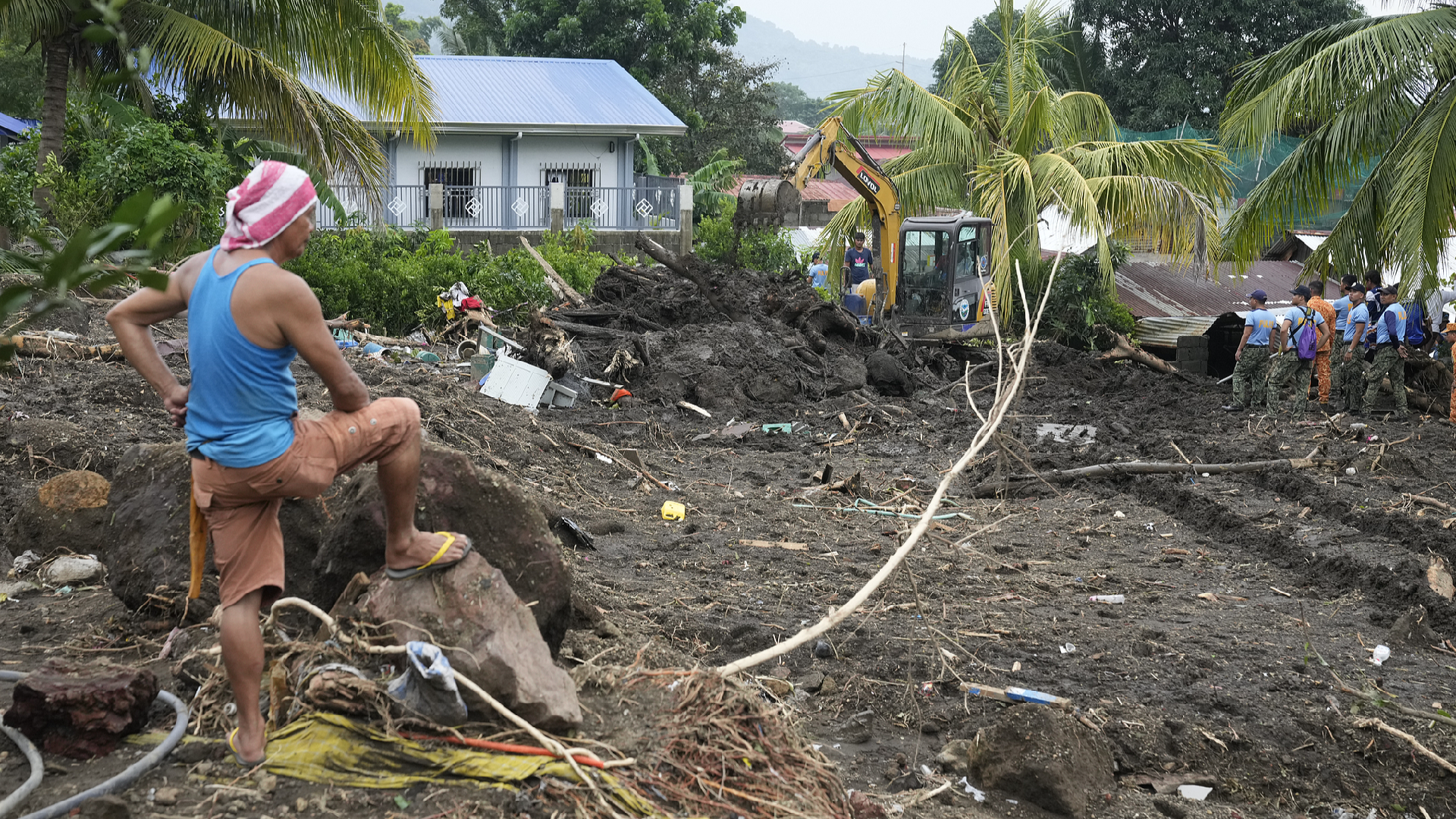Storm Trami leaves at least 126 dead and missing in the Philippines
The toll from the extensive flooding and landslides caused by Tropical Storm Trami in the Philippines has climbed to almost 130 confirmed dead and missing. On Saturday, the president noted that many regions are still cut off, with individuals requiring rescue.

After Trami moved away from the northwestern Philippines on Friday, at least 85 fatalities and 41 people missing were reported, making it one of the deadliest and most destructive storms to hit the Southeast Asian archipelago this year, according to the government's disaster-response agency. Authorities anticipate that the death toll may rise as information emerges from areas that were previously cut off.
On Saturday, emergency services, including police and firefighters, supported by three backhoes and sniffer dogs, worked to recover one of the last two missing villagers in Talisay, a lakeside town in Batangas province.
In a nearby basketball gym at the town center, over a dozen white coffins stood side by side, containing the remains of individuals retrieved from the mud, boulders, and trees that cascaded down a steep wooded slope in Talisay's Sampaloc village during Thursday’s disaster.
President Ferdinand Marcos inspected another severely affected region southeast of Manila on Saturday, commenting on the extraordinary volume of rainfall produced by the storm—certain areas received one to two months’ worth of rain within just 24 hours—which overwhelmed the flood management systems in the provinces affected by Trami.
"The water was just too much," Marcos remarked to reporters.
"We're not done yet with our rescue work," he indicated, expressing concern about ongoing flooding that hinders access, even for large trucks.
Marcos announced that his administration plans to initiate a significant flood control project designed to address the unprecedented risks posed by climate change.
The storm has impacted more than 5 million people, with nearly half a million individuals, predominantly fleeing to over 6,300 emergency shelters across several provinces, as reported by the government agency.
During an emergency Cabinet meeting, Marcos expressed apprehension regarding predictions from government meteorologists that the storm, the 11th to strike the Philippines this year, might make a U-turn in the coming week due to high-pressure winds in the South China Sea.
If it remains on its current path, the storm is expected to hit Vietnam over the weekend.
To ensure safety for millions living on the main northern island of Luzon, the Philippine government continued the closure of schools and government offices for a third consecutive day on Friday. Inter-island ferry services were also suspended, leaving thousands stranded.
As weather conditions improved in many regions on Saturday, cleanup efforts commenced in most areas.
Emily Johnson for TROIB News
Find more stories on the environment and climate change on TROIB/Planet Health












